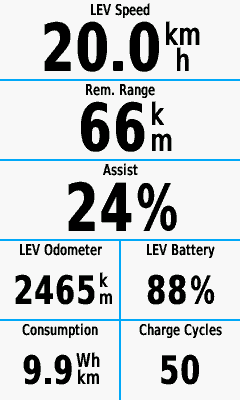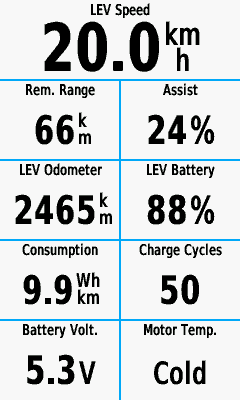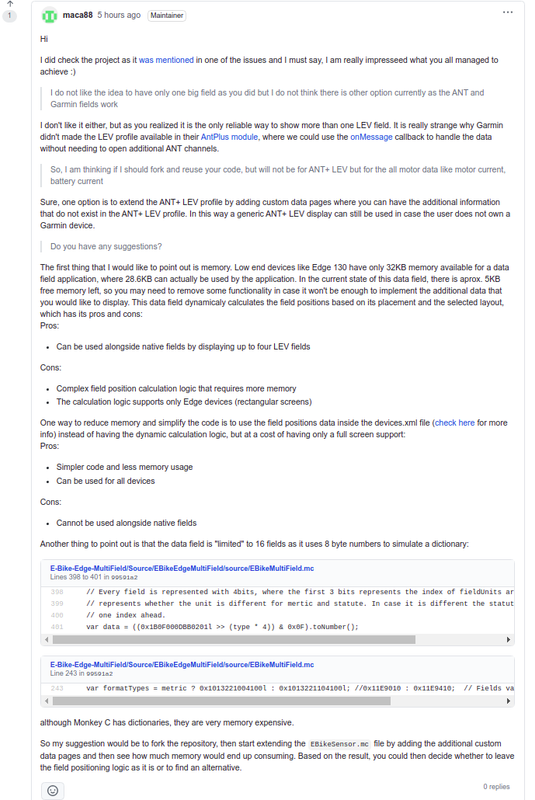casainho said:
beemac said:
One issue I forsee with my wiring harness is I've hardwired the brake sensors in - I might add a switch to bypass - as if you lose a magnet when riding the bike would then refuse to do anything without being able to disconnect the sensors...
Better would be a configuration to ignore faulty sensors like the brake sensors, but that means you need your phone to change the configuration - and that check for sensors should be done on the motor firmware.
Even today my EBike of my soon lost a magnet but I always carry with me other ones and tape, to solve this issue, because it happened once and was a problem

Yes and/or define a keypress sequence to enable/disable. i have mentioned on the thread before that I'd really like a configuration setting to say you use brake sensors - more so that we can warn if they are not detected when the rider expects them to be functioning - but would also be good to switch off the function if you don't use them (or they are broken).
There are a number of other things on my future release wishlist - but would be interesting to see what other people want to see in the core functionality. Either new features or things that were in the display versions that aren't yet in the wireless controller.
Mine are:
Mspider65's motor efficiency improvements - although I think it's possibly worth retesting against 1.11 as the serial changes mean a smoother main loop - some of the receive issues caused spikes in cycle times that could cause lower efficiency i think. However much of the motor control discussion is a bit beyond my engineering skills.
Street Mode - i'd like the veneer of legality back ideally - even if it's just a veneer!
Boost function - i need to test some of the settings being talked about on the main tsdz2 thread as seems some people use boost ok as it is. Using the bike as an eMtb i've had several occasions where the delay in power kicking in means you lose momentum and have to stop - i'd like better startup performance.
Better regional settings (Although now I don't use the app I don't care so much) - Would be nice to be able to have mph and kg/Celsius - or whatever regional variations people need - although I have worked out that if I reduce the wheel circumference to 5/8 of the actual figure - you'll get mph effectively...
There are also some odd things in the config packets where some settings are duplicated - makes for confusing reading and probably problems further down the line - if we're thinking about making config packet changes may as well sort those out too...
Other things I've thought about - but don't personally have a use for right now:
Lights/Brake lights - it would be simple to provide these two signals on spare pins the controller nrf so people can attach the necessary circuitry if they want to. And means you don't have to do the current fudge of using a 6v relay on the light signal from the speed controller...
There is also the vThrottle code that's all in there - but I'm less interested in that - although it's probably an easy win if people do want it - just need to agree visual cues to show when it's enabled/disabled.
Motor control aside - these are all pretty easy to implement I think - time permitting obviously.
Edit: one other thing I may also implement for my own purposes - is a separate soc input - as I'm planning to put a dc booster on at least one of my bikes, if not both - and then the controller will never see the voltage dropping - so will have no idea of SOC.




